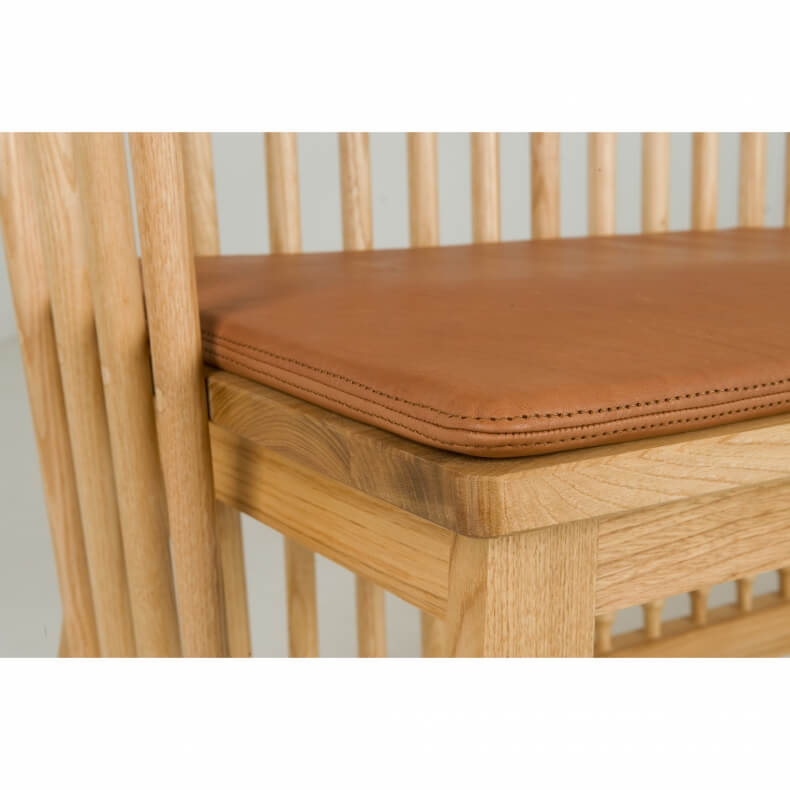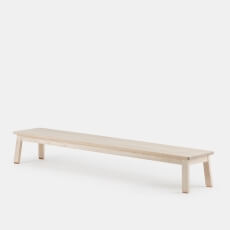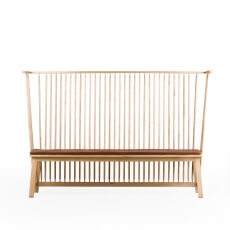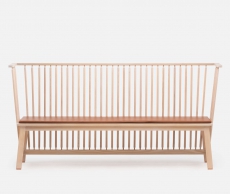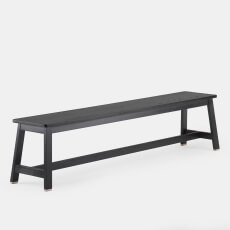Leather Seat Pad
Model
447
Producer
De La Espada
Designer
Studioilse
Specifications
Attachment(s) (pdf)
Looking_After_Your_Furniture_1601201733.pdf
Clay
Harald 3
Leather Finished
Our finished leather is soft, supple, and hardwearing. A corrected grain leather, it is water resistant and easy to clean making it suitable for a wide range of applications. The natural cow hide undergoes a retannage process in addition to being treated with technically advanced finishing formulas to create a protective barrier against spillage and staining.
Occasionally vacuum furniture upholstered in leather. To clean, wipe leather with a damp cloth and a mild soap and be careful to avoid soaking. Products designed to feed the leather produce a sticky surface that attracts dust and dirt from continued use so we do not recommend them. Avoid excessive heat and if possible direct sunlight as these will dry the leather.
High humidity, warm temperatures, poor ventilation, and soiling can cause mould to grow on leather. It is important to keep the leather clean and to control the environment where the leather products are kept to prevent mould formation. We recommend using a Hygrometer to monitor the Relative Humidity in your home, to ensure that the conditions are neither too humid, nor too dry. The ideal conditions for your furniture are 50% relative humidity at 20 degrees Celsius (normal interior temperature).
Air conditioners or dehumidifiers can remove moisture from the air, and either should be used with windows and doors kept closed.
If mould does form, follow this procedure: Remove mould with a soft bristle brush (such as toothbrush), if possible outdoors to prevent scattering mildew spores in the home. Run a vacuum cleaner attachment over the surface of the leather to draw out more of the mould, being sure to immediately dispose of the vacuum bag outdoors. Dry the leather with an electric heater, fan, or sun and air. If necessary, sponge lightly with thick suds of mild soap and wipe with a clean damp cloth, being sure to avoid soaking the leather.
Naked Leather
Wool
